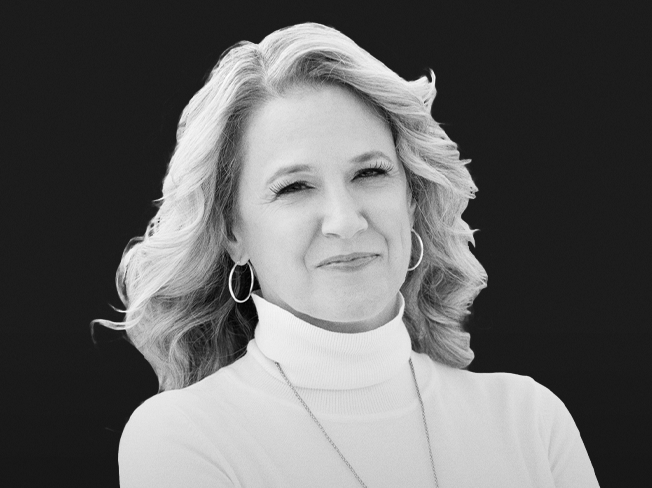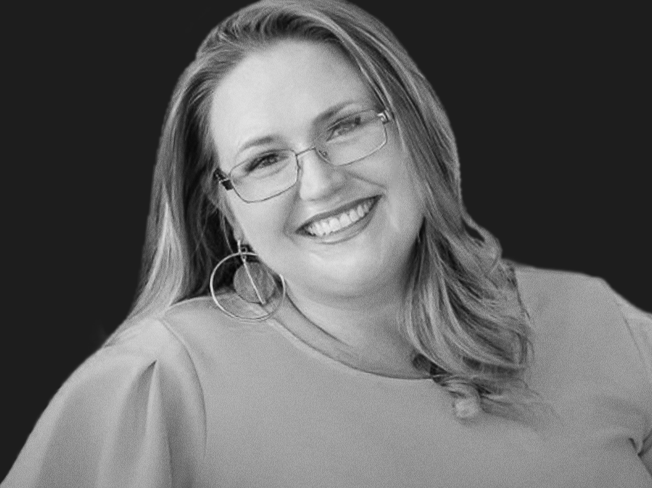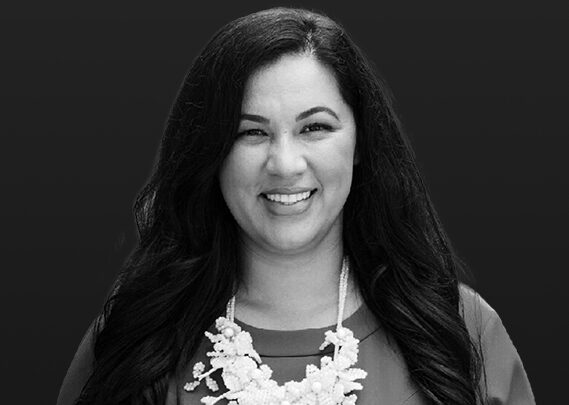Build Your Campaign with These Crowdfunding Tips | Tory Burch Foundation
Build Your Campaign with These Crowdfunding Tips
This 2019 Tory Burch Fellow rallied her community to support her business.
58,544 Views
8 Likes
3 min read
Link copied to clipboard
Bank loans and venture capital may not be the right fit for your business, at least not yet. Consider turning to your community, something 2019 Tory Burch Fellow Kate Flynn understands well. She used equity crowdfunding to support her Sun & Swell Foods, planet-friendly snacks in compostable packaging. The result? An incredible $700,000. She answered questions about making the most of your raise and shared her top crowdfunding tips in an Ask Me Anything on our Instagram.
Q: Why did you choose equity crowdfunding instead of more traditional investor raises?
A: I chose equity crowdfunding because I love the concept of democratizing the fundraising process by letting a lot of people own a little piece of the company, versus one institution owning a lot. I think there might be a time at a later stage where a larger investor will make sense, so long as they are very mission aligned, but this felt right for us, for now.
Q: Which platform did you use for your raise?
A: I used Wefunder! Honestly, I didn’t do a deep dive into all the options, but three friends who had successful campaigns all used and loved Wefunder, so I followed their lead and am really happy with my decision.
Q: How should I get started with crowdfunding?
A: The first step would be to figure out how much you think you need to raise. From there, I would explore the different platforms and decide which one is best for you. Most platforms typically have playbooks they will give you to set you up for success.
Q: What would you recommend for getting a new company or product to market: kickstarter or equity crowdfunding?
A: I actually think Kickstarter is a great place to launch your company! From the research I did, Kickstarter is great for just getting your company off the ground and for getting working capital. We used equity crowdfunding a few years after bringing our product to market when we were ready to scale and needed money to grow our team, etc. The great thing about Kickstarter is that you don’t need to give away any equity, so my personal opinion would be to start there, and then consider equity crowdfunding down the road.
I chose equity crowdfunding because I love the concept of democratizing the fundraising process.
Q: How did crowdfunding affect your company’s governance structure?
A: Everyone just gets grouped into one line item on the cap table and the group is assigned a lead investor to make decisions on behalf of the group if necessary (we chose the lead investor).
Q: When launching a new product, do you think it’s better to invest in promoting sales for a small batch or would you recommend investing in making and promoting a crowdfunding video to raise money for launching a new product?
A: For my journey, I focused on launching a product first, and then raising capital when I had proven traction and needed capital to grow. While everyone’s journey is different, I feel that it’s easier to raise money once you have a product in the market that has some early traction you can speak of. When you’re able to say “we were featured in X magazine!” or “We’re in X stores!,” that gives investors validation that you have a product market fit.
Q: What do you wish you’d known before starting? Were there any major drawbacks?
A: I underestimated how time intensive it is to launch a successful campaign! It took a lot of work. Getting a great profile up, email campaigns, social campaigns–it really consumed most of my time for a two- or three-month period. It was worth it in the end, though.
Subscribe to our emails for entrepreneur insight, events and more–straight to your inbox.
Help an entrepreneur by upvoting
Timely Topics
INTERACTIVE GUIDE
FUNDING FINDER
Learn what capital options are right for financing your business
Get Started


